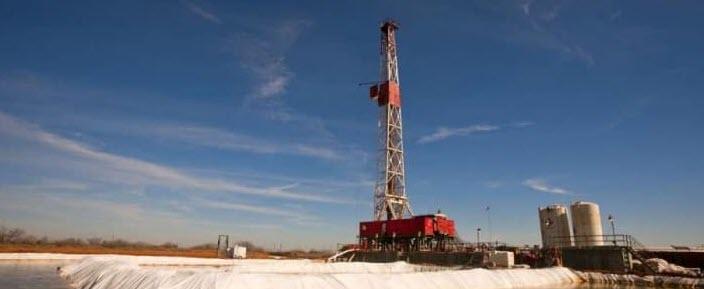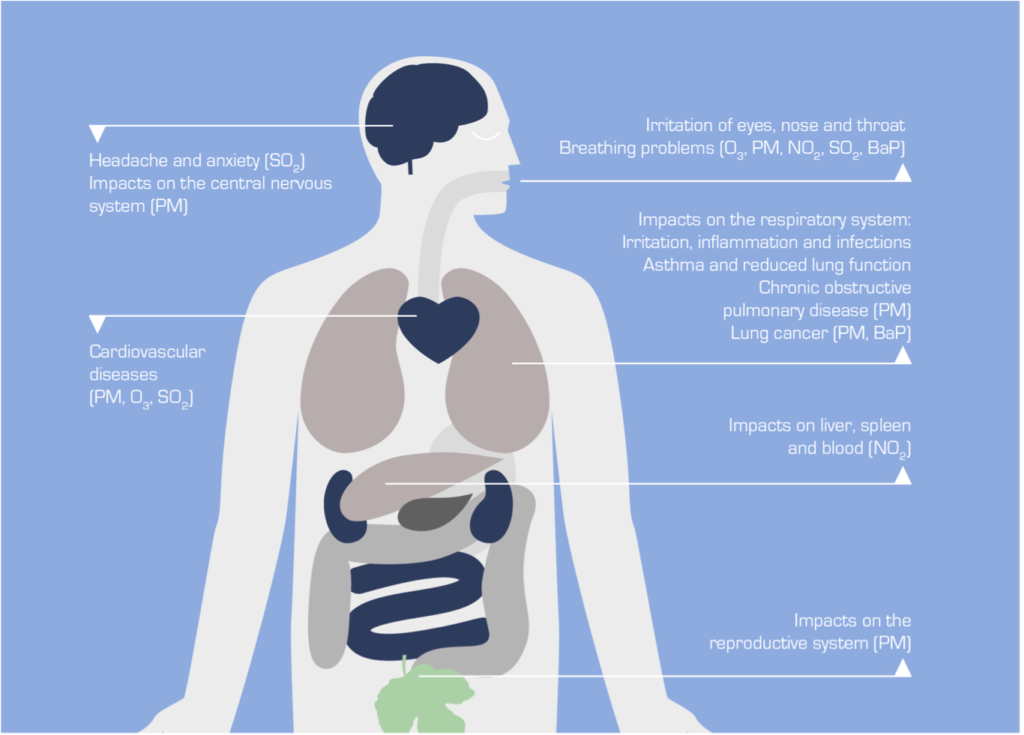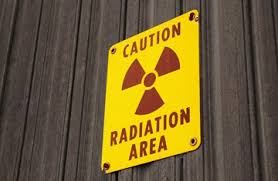Fracking: New Mexico must pause and measure what fracking does to our environment and health.
New Mexicans have heard a lot about the process known as hydraulic fracking over the years. They have heard that our economy depends on fossil fuel. They have also heard that the process involves toxins that are injected far below the surface, to coax oil from shale and turns it into dollars, even while those dollars are financially alchemized into money for schools, commerce, and massive political power the costs to the taxpayers of this extraction have never been studied and reported.

New Mexicans have been told by the state’s oil and gas industry that fracking is an imperative: If we don’t frack then the state’s oil and gas industry could collapse.
What the industry will not address is this question: How much does fracking harm the citizens of New Mexico and at what cost to the state, citizens and the planet?
The short answer is that studies from outside the state show that fracking is extremely dangerous, and can damage aquifers, damage health, pollute drinking water and create methane clouds and GHGEs. New Mexicans do not have the data on what fracking’s effects are here, however, because the state’s environmental agencies don’t have the ability to find out, it has not been studied or reported. Many other states live up to their obligations and have paid for those reports and found correlations between fracking and health. If you don’t test and report we don’t know.
State Senator Antoinette Sedillo Lopez, D-Albuquerque, will introduce the bill that would place a four-year pause on fracking permits while studies are conducted and reports are made to the governor and legislative committees on the impacts of fracking in the areas of Transportation, Native American Affairs, Agriculture, Labor, Public Health, Environment and Water Resources in New Mexico.
A compilation of peer reviewed studies and articles titled, ‘Compendium 7’ shows overwhelming fracking health effects in New York and Pennsylvania, for instance, discovered numerous statistical connections and facts that States must come to terms with. What is most troubling, the study found, is that fracking might affect those who live closest to fracking sites. In NM residents are forming groups to show the impacts to their communities. The State has an obligation to address these issues.
Correlations between fracking and child development
“The researchers took the birth records for every child born in Pennsylvania from 2004 to 2013—more than 1.1 million infants in total—and looked at the mother’s proximity to a fracking site, using the state of Pennsylvania’s public inventory of fracking-well locations,” a 2018 Atlantic Monthly article noted. “They used private state records that showed the mother’s address, allowing them to pinpoint where every infant spent its nine months in utero.”
“They found significant, but very local, consequences. Infants born to mothers who lived within two miles of a fracking well are less healthy and more underweight than babies born to mothers who lived even a little further away.”

There are additional concerns about the effects of fracking:
Water use
Fracking can use vast amounts of water—as much as 30 million gallons for a single well depending on how many times it is fracked, according to the Union of Concerned Scientists. This places competing claims on water in regions with limited resources. While some water used for fracking can be recycled within the oil field, the process consumes large quantities of water.
While Brine water is used many times that Water is radioactive prior to additive fracking fluid, chemicals. In terms of water quality, oil and gas drilling can potentially contaminate drinking water supplies from flaws in the well bore, methane migration, and wastewater. Chemicals, fuel, and radioactive drilling wastewater can spill or leak while they are being transported, while they are stored, and handled during the operation itself, and when they are treated and disposed of after fracking. Leaks can also occur in producing wells or improperly plugged wells and down stream through pipelines, transportation and injection processes. Faulty well construction has also contaminated groundwater.
Baseline testing and data gathering is needed.
Meanwhile, a High Country News article pointed out that oil drilling man camps are not regulated for health issues such as COVID-19. These camps are often in the cultural landscapes that are sacred to Native Americans, such as Chaco Canyon. Indigenous communities in New Mexico and across the west have been devastated by the ongoing pandemic because of spread in border towns and in their communities. This needs to be measured and addressed.
New Mexico events
But in New Mexico, the nation’s third largest oil producer, testing fracking’s effects has not taken place on a large scale. There are indications, however, that the deep aquifer groundwater used for fracking can be highly toxic prior to adding fracking fluids. In Rio Rancho, NM, groundwater from a brine test well – the water often used for fracking injection – has been demonstrated to contain dangerous percentages of Radium 226 & 228, that creates Radon, NORM, TENORM, and also has Volatile Organic Compounds( VOCs), heavy metals and arsenic. This toxic salt liquid also irradiates workers who are then contaminated carries this home to their families who also become sick. The Rio West Sandoval County Brine data was obtained from tests from spills and breeches of the evaporation ponds that were used. The evaporated water when condensed resembles salt, was transported and dumped into a Rio Rancho municipal landfill illegally. The state, Rio Rancho, and the waste company were attempting to measure the literal fallout – but it is too little, and far too late as this radioactivity has a half life of 1600 years and threatens the Water supply and and air if it has leaked into the groundwater and landfill leachate that is used for dust control.

And in Carlsbad, N.M, Penny Aucoin and her husband Dee George said they awoke in the early hours of the morning in January, 2020 to a pipeline behind from their home in southern Carlsbad spraying oil and gas contaminated radioactive wastewater all over them, their yard and house. Owned by WPX, the line had split and released toxic radioactive produced water – a combination of flowback from hydraulic fracturing and formation water brought to the surface along with crude oil.
Halting new leases is needed in order to collect the facts and plan how to address what is being ignored in New Mexico. During the pandemic few leases were granted and they were not drilled because it is not economically feasible and the gasplays are in sharp decline in the Permian Delaware Basin according to economist David Hughes.
New Mexico needs to do a better job protecting the people and the environment. We ask for your support of this bill.
For more information on the bill please contact Elaine Cimino 505 604-9772 [email protected] or Sisto Abeyta 505 304-4740 [email protected]